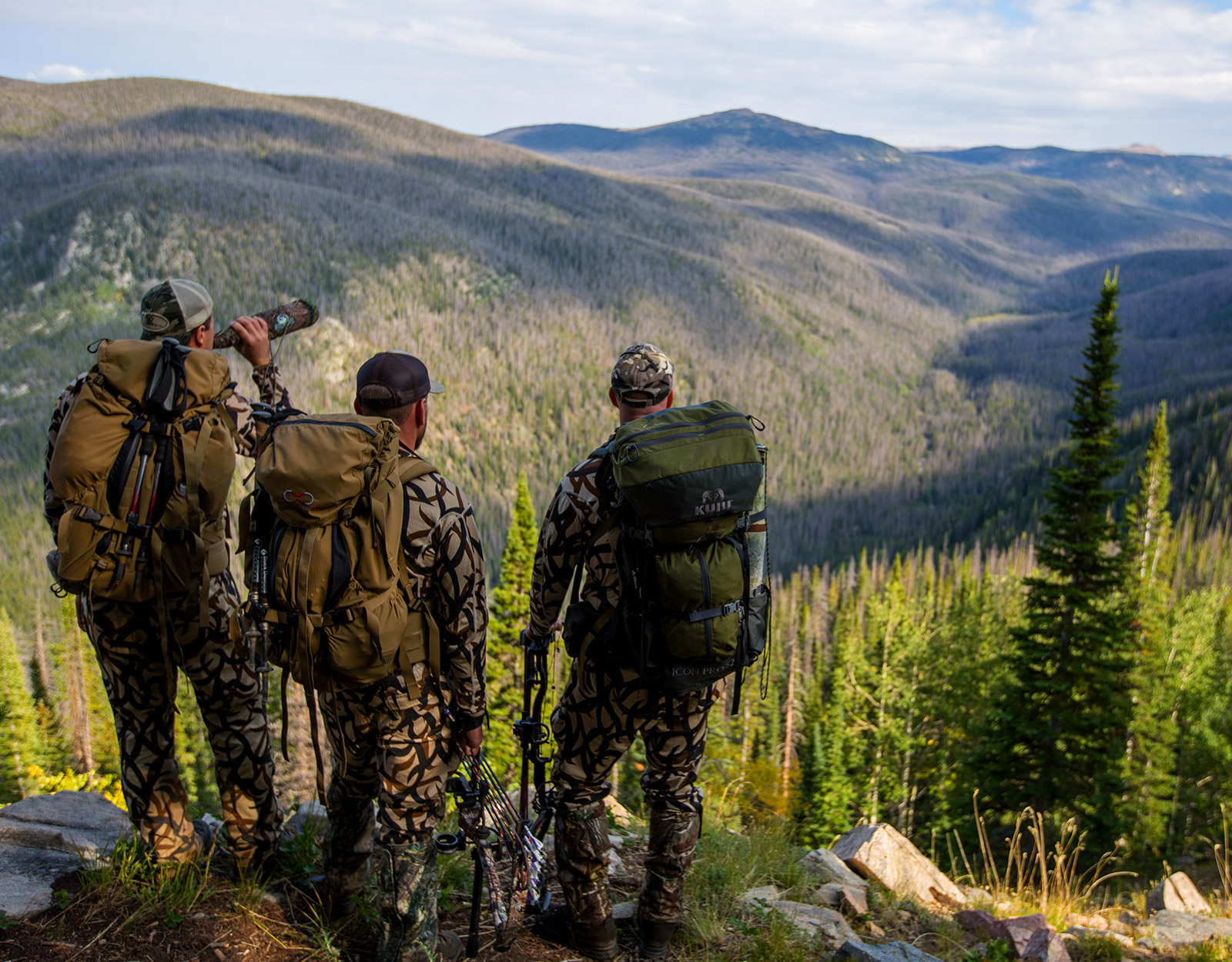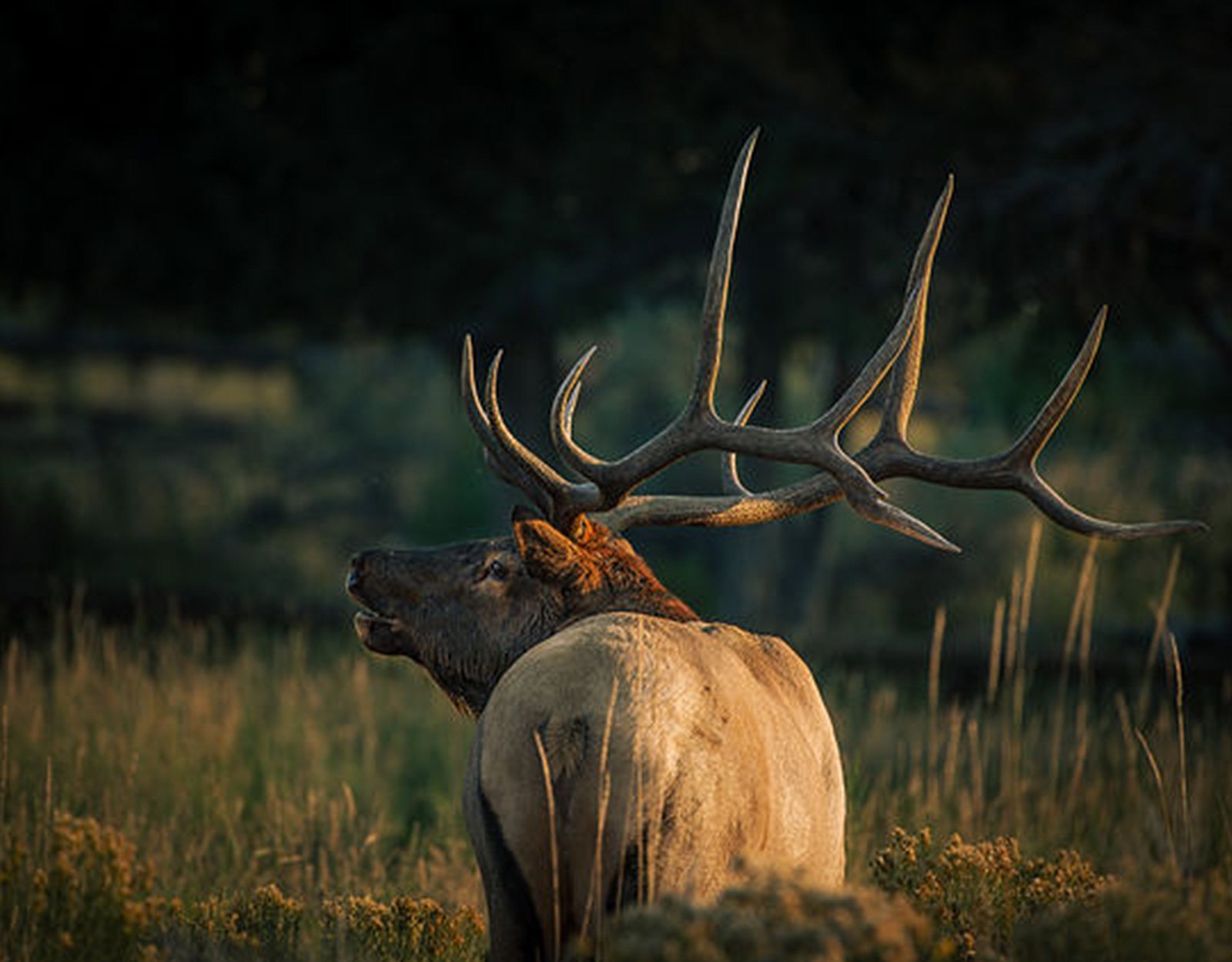When our partnership with Rocky Mountain Elk Foundation (RMEF) was established years ago, the explicit reason was clear. With our home in Montana’s Northern Rockies, elk mean a lot to us. The real extent of the partnership, however, goes far deeper. Like onX, RMEF cares deeply about landscape-level conservation. Work that supports elk habitat and population often increases public access for other types of recreation and provides much-needed help to many other species.
Elk act as a keystone species, meaning their absence in an ecosystem would cause significant harm to other species given the elk’s role as prey for some animal species and as a consumer of many plant species. Put simply, the work done by RMEF is work we can, and do, get behind.
“We knew we had a tool that helped elk hunters, and the staff at RMEF were very excited about helping spread the word about our maps as well,” said onX’s Matt Seidel about the origins of the partnership. “We wanted to support RMEF’s missions of conservation and open access to public lands.”
To that end, we’ve supported RMEF projects throughout the country with the onX Access and Stewardship Grant Program and through grants dating back to before the formalization of the program. And, according to RMEF Land Operations Manager Ryan Chapin, that support matters. “Partner organizations like onX help RMEF leverage resources for greater conservation and hunter access impact. onX grant awards help with project design and purchasing materials for critical hunter access projects like Raymond Mountain and other key access routes in elk country.”

It’s hard to believe that RMEF’s origins can be traced to a doublewide trailer in Troy, MT, in 1984. In fewer than 40 years, RMEF has become a powerhouse in the world of conservation. The organization now boasts 225,000 members, 12,000 volunteers, and more than 500 chapters. The collective impact of these individuals is staggering. To date, RMEF has helped complete more than 14,000 conservation and hunting heritage projects, protected or enhanced more than 8.6 million acres of habitat, and opened or improved access to more than 1.5 million acres.
The scale of that work can be seen in the onX Hunt App’s Rocky Mountain Elk Foundation Layer. Found in the Land & Access Layer Collection, the RMEF Layer displays locations, borders, and access points for RMEF elk habitat restoration projects around the county. The layer also displays the current and the much larger historical elk range. Again from Ryan Chapin, “We are seeing a focused emphasis on conserving grassland habitat types. The grasslands of the Great Plains are one of the historic home ranges of elk, and some of these populations are expanding. Current projects include sage and grassland habitats in Colorado, Wyoming, and South Dakota, among other states.”

The RMEF Layer reveals that, in many ways, the organization operates as much like a land trust as a wildlife conservation organization. In the Hunt App, you’ll find more than 500 Permanently Protected Lands, areas in which RMEF, with funding from partners like onX, acquired land and ensured it would remain elk habitat far into the future. In many cases, access points are also displayed where access is permitted. “Having RMEF’s projects displayed in onX Hunt is great exposure for our projects, and it allows hunters to quickly determine public access points in prime wildlife habitat areas,” said Ryan Chapin.
Also revealed by the RMEF Layer is the extent to which the organization operates throughout the country. While elk are rightly seen as a bold symbol of the Rocky Mountain West, their historic range extended across the Great Plains, as far into the Northeast as Vermont, and as deep into the south as the Gulf Coast states of Alabama, Mississippi, and Louisiana. RMEF has assisted with numerous elk reintroduction programs outside of the West, including within the Great Smoky Mountain National Park and, most significantly, in Kentucky’s wildly successful program. Kentucky now sports a population of more than 11,000 elk, the largest herd east of the Mississippi River, and a permitted hunt that allows more than 500 hunters the chance to bag an elk.
Throughout our history, we’ve been privileged to work with and support many great conservation organizations. RMEF’s work aligns with our deeply held access and conservation ethos. And while our partnership has assisted in achieving massive gains for wildlife and recreation opportunities, we think we’re only getting started. This work is always ongoing, and we’re committed to working with organizations like RMEF for years to come to ensure the future of elk and many other species that belong on the landscape.
Whether you’re concerned about the state of elk from a high-level ecosystem and wildlife health perspective, as a hunter who sees the need for local efforts, or as someone who dreams about pursuing elk across the country and preserving the resource for your children, RMEF is vital. Their work, though, takes everyone.
Learn more about our access work at onX Initiatives, and head over to RMEF to dive deeper into the latest from Rocky Mountain Elk Foundation.